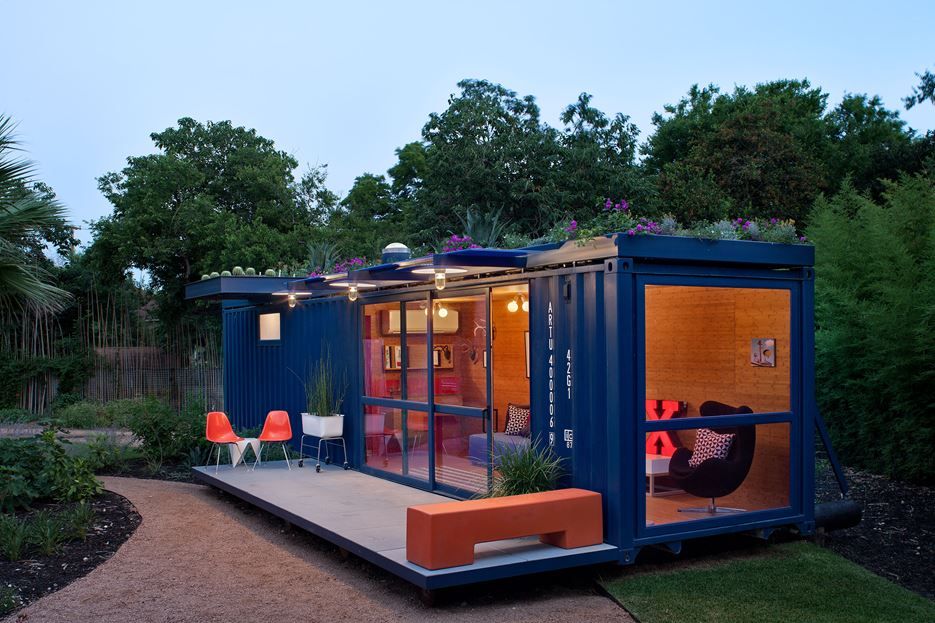What are the pros and cons of living in a shipping container house?
In recent years, the housing market has witnessed a unique and eco-friendly trend - the rise of shipping container houses. These innovative structures are made by repurposing shipping containers into fully functional homes, offering a sustainable and cost-effective housing solution. However, like any alternative housing option, living in a shipping container house comes with its own set of pros and cons.

Pros:
Affordability: One of the most significant advantages of shipping container homes is their cost-effectiveness. Compared to traditional houses, the initial investment is considerably lower. The cost of purchasing and converting a shipping container is generally much lower than building or buying a conventional home, making homeownership more accessible to a broader range of people.
Eco-Friendly: Shipping container houses are eco-friendly by nature. Repurposing containers reduces the demand for new construction materials, contributing to the preservation of natural resources. Additionally, the use of recycled materials aligns with sustainable building practices and reduces the environmental footprint.
Quick Construction: Shipping container homes can be assembled and made habitable in a fraction of the time it takes to build a traditional house. This rapid construction process can save homeowners money on labor and reduce the time spent waiting for their new home.
Modular and Customizable: Shipping containers are inherently modular, which allows for easy expansion or customization. Homeowners can add more containers to increase living space or design their interiors to suit their preferences. This flexibility allows for creative and personalized living spaces.
Durability: Shipping containers are designed to withstand harsh conditions at sea, making them incredibly durable. When properly maintained, these homes can last for decades without significant structural issues. This durability can translate into long-term cost savings and peace of mind for homeowners.
Cons:
Size Limitations: One of the most common drawbacks of shipping container homes is their limited space. A standard container is only 8 feet wide, which can make it challenging to create spacious living areas. To overcome this limitation, homeowners often need to combine multiple containers or engage in complex design modifications.
Insulation and Ventilation: Shipping containers are made of metal, which can lead to issues with insulation and ventilation. Without proper insulation, these homes can become extremely hot in the summer and cold in the winter. Adequate insulation and ventilation systems are essential but can add to the overall cost of the project.
Regulatory Hurdles: Depending on the location, building codes and regulations can pose significant challenges for shipping container homes. Zoning restrictions, permits, and compliance with local building standards may complicate the process and increase costs.
Maintenance: While shipping containers are durable, they are still susceptible to rust and corrosion over time. Regular maintenance is essential to prevent these issues and ensure the long-term integrity of the structure. Maintenance can be time-consuming and may require specialized knowledge.
Limited Aesthetic Appeal: Some people find the industrial look of shipping container homes unappealing. It can be challenging to achieve a traditional or cozy aesthetic without significant modifications, which can be costly.
In conclusion, living in a shipping container house has both advantages and disadvantages. The affordability, sustainability, and rapid construction process are enticing, especially for those looking for an alternative housing solution. However, challenges related to size limitations, insulation, and regulatory hurdles should be carefully considered before embarking on such a project. Ultimately, the decision to live in a shipping container home will depend on individual preferences, budget constraints, and the willingness to embrace a unique and eco-friendly housing experience.



